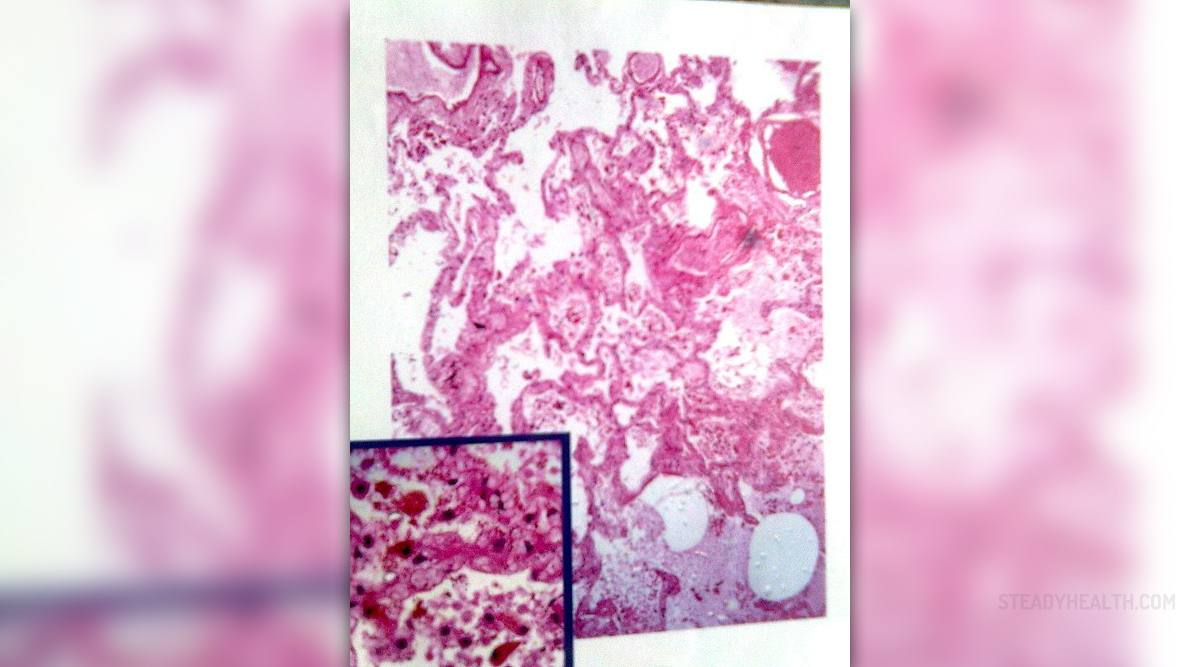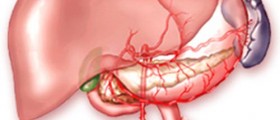
Transplantation usually involves transferring organs like heart, kidneys, liver, lung or pancreas from a donors body to the body of the patient, saving his/her life and treating illnesses this way. However, transplantation may involve any cells or tissues being transferred this way as well.
The main problem regarding transplantation is the human immune system. Namely, this protective system of our body is known to fight against foreign agents, including the new, transplanted organs, rejecting them.
Facts about Transplantation Procedures
In order for an organ transplant to be successful, the medical staff needs to understand the ways of functioning of the patient's immune system, minimizing chances of rejection. Usually, new drugs and treatments are used to bypass the protective shields of one's immune system, allowing the transplanted organs to get accepted by the patient's body.
History of Transplantations
The first transplantation procedure ever involved skin allograft rejection in 1944. However, the first successful kidney transplantation took place in 1954, between two twins. Later, in 1967, the first liver and the first heart were transplanted. As for bone marrow transplantation, the first successful endeavor of this type took place in 1968. One year after that event immunosuppressive agents were developed, improving the transplantation procedures significantly.
Grafts and Transplantations
If the graft does not match the genetic structure of a host, there are great chances that it will not be accepted. This usually happens once grafts from different species are used, being rejected in most cases. On the other hand, grafts from one part of the body, transferred to another part are usually accepted. The same goes for tissues received from identical twins. Allografts are grafts which come from the same species, but are different from the host's body genetically. Here, everything depends on the compatibility and the immune system of the host.
Chronic Rejection of Transplants
Some people reject transplanted organs acutely. Several months or years after this takes place, chronic rejection may happen, carried out by antibodies and cells. This usually occurs with transplantations involving allografts. Immunosuppressive drugs help in some cases, while in others they make no difference and cannot stop rejection.
Chronic rejection resembles fibrosis, scarring the transplanted organs. Yet, different organs are rejected in a different manner. Coronary artery atherosclerosis prevents heart transplants, bronchiolitis obliterans prevents lung transplantations and vanishing bile duct syndrome does not allow liver transplantation to be successful. Also, chronic kidney rejection takes place due to fibrosis and glomerulopathy. Chronic rejections appear after previous acute rejections, lack of success in immunosuppression, initial delayed graft function, donor problems, infections, organ injury or diseases.

















Your thoughts on this
Loading...